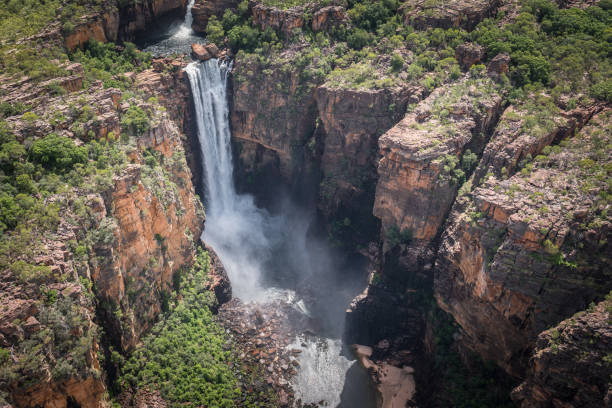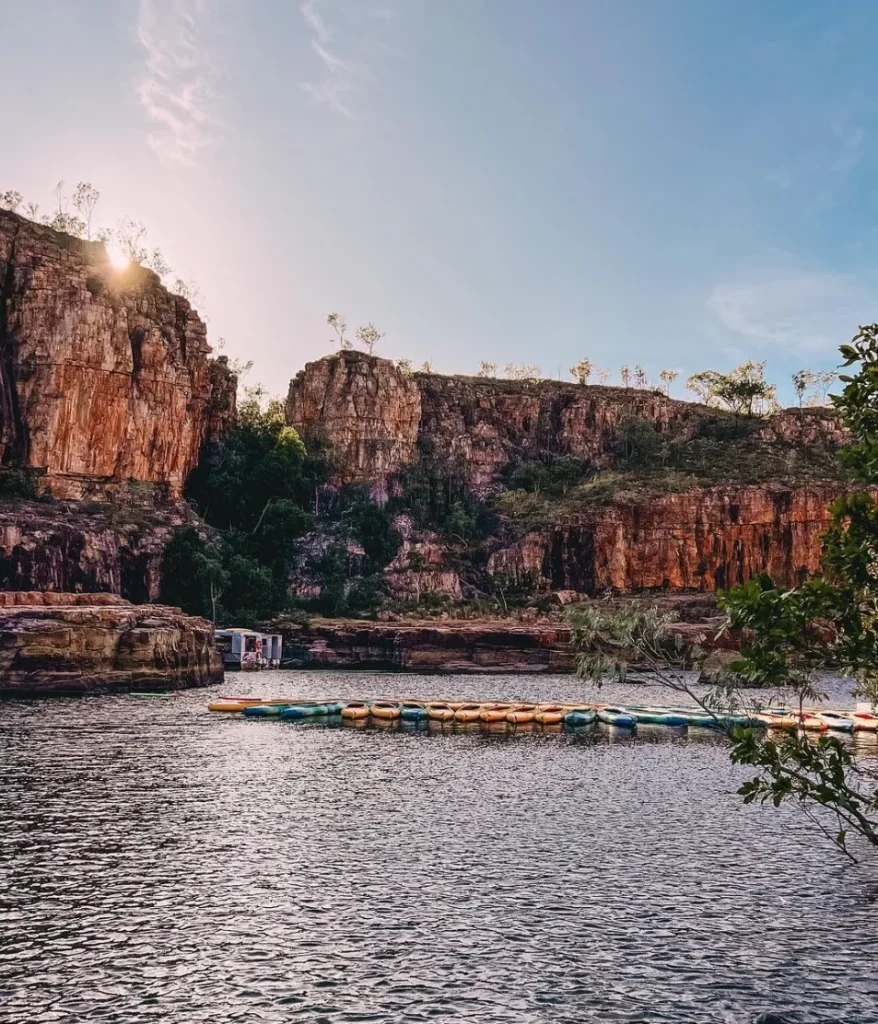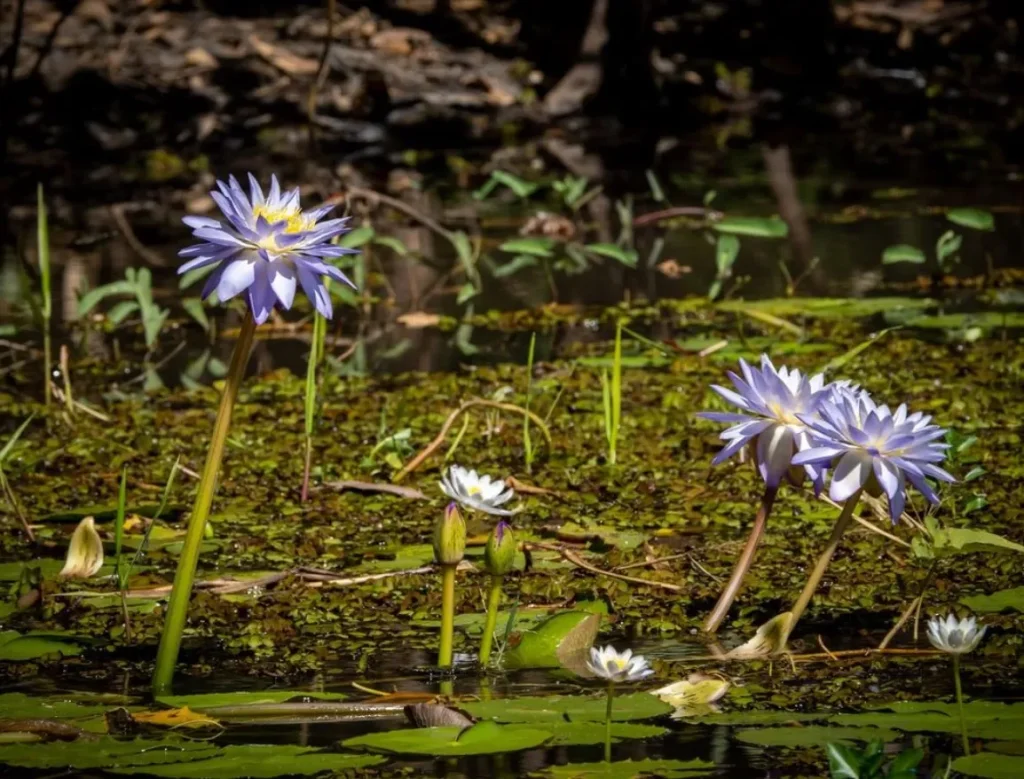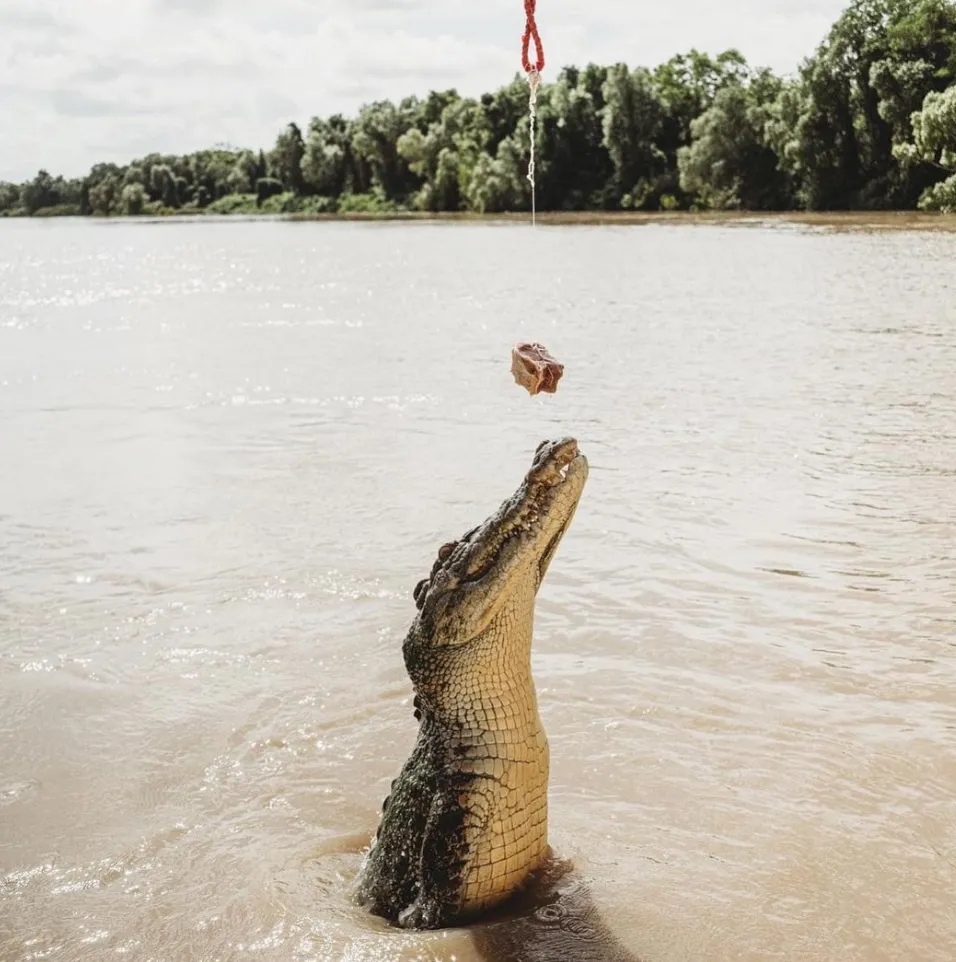Kakadu National Park is Australia’s largest national park and a UNESCO World Heritage site renowned for its remarkable biodiversity and rich cultural history. Stretching over 19,804 square kilometers, it’s a dynamic landscape that changes with the seasons, offering visitors an ever-evolving backdrop for adventure. From thundering waterfalls to ancient rock art galleries, Kakadu is more than just a park—it’s a living, breathing testament to the country’s natural and historical tapestry. In this article, we’ll dive into the park’s marvels, emphasizing why “”Kakadu tours from Darwin 2 day”” experiences are becoming a bucket-list adventure for nature and culture enthusiasts alike.
The Rich Biodiversity of Kakadu
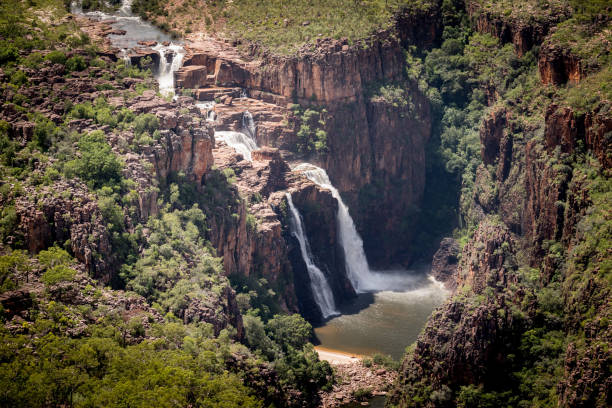
Kakadu National Park’s rich tapestry of habitats, from its wetlands to monsoonal rainforests, savanna woodlands, and rocky ridges, supports an incredible array of biodiversity. With more than 2,000 plant species and an astonishing variety of wildlife—including more than 60 mammal species, over 280 bird species, and around 120 reptile species—Kakadu is a veritable Garden of Eden. This remarkable diversity includes endemics like the Oenpelli python and the Chestnut-quilled Rock-Pigeon, which illustrate the park’s ecological importance on a global scale.
Kakadu National Park is defined by its six distinct seasons, from the ‘Gunumeleng’ pre-monsoon storm season to the ‘Gurrung’ hot dry weather. Each season ushers in unique changes to the landscape, affecting the flow of waterfalls, the flowering of plants, and the movement and behavior of animals. During the ‘Yegge’ cool season, for example, many bird species take advantage of the fruitful environment, making it an ideal time for birdwatching enthusiasts to visit.
Cultural Heritage and Ancient Art
For over 65,000 years, the Aboriginal people have been the custodians of the land that is now known as Kakadu National Park. This deep-seated connection to the country is evident in the park’s management practices, which integrate traditional knowledge and conservation strategies. Visitors have the opportunity to immerse themselves in one of the oldest living cultures in the world through art, ceremonies, and language, contributing to a profound sense of respect and appreciation for the park’s indigenous heritage.
Rock Art Galleries of Kakadu
The rock art galleries of Ubirr and Nourlangie are among the park’s most captivating cultural highlights. These extensive sites feature paintings that span thousands of years, providing insights into the spiritual and daily lives of the park’s ancient inhabitants. Archaeologists believe that some of the art dates back as far as 20,000 years, making them some of the longest historical records of any group of people on Earth.
Adventure and Activities in Kakadu National Park
The diverse terrain of Kakadu National Park offers a plethora of land-based excursions for explorers. Visitors can embark on guided tours to learn about the park’s ecosystems or set off on self-guided walks along trails that cater to various levels of difficulty.
Outlined below are two must-try Kakadu experiences:
- Burrungkuy (Nourlangie) Rock Walk – This easy 1.5 km loop takes visitors through an ancient Aboriginal shelter and to the Burrungkuy rock art site.
- Yurmikmik Walks – For those looking for more of a challenge, these walks offer a range of options, including a trek to the stunning Yurmikmik Lookout.
Water-Based Adventures
Kakadu’s waterways and wetlands provide a serene and spectacular setting for water-based adventures. River cruises are a relaxing way to take in the park’s scenery and spot wildlife, while the park’s waterfalls and plunge pools offer refreshing swimming spots. Visitors are reminded to heed all safety warnings, especially regarding the presence of crocodiles, which are common in the park’s rivers and billabongs.
A Guide to the Best Viewpoints and Lookouts
For those in search of the park’s best vistas, the following table lists the most renowned viewpoints and lookouts where you can witness the grandeur of Kakadu and capture the perfect photo.
| Viewpoint | Description | Accessibility |
|---|---|---|
| Ubirr | Offers panoramic views of the floodplains, especially stunning at sunset. | Accessible during the dry season. |
| Gunlom Plunge Pool | Infinity pool-like setting at the top of a waterfall with sweeping vistas. | 4WD recommended; accessible during the dry season. |
| Nawurlandja Lookout | Scenic lookout with a view of the Arnhem Land escarpment and Nourlangie. | Accessible by a short walk. |
Practical Information for Visitors
Choosing the best time to visit Kakadu largely depends on what you want to see and do. The park’s accessibility and experiences vary greatly with the seasons. A general guide suggests visiting during the dry season, from May to October, when the weather is cooler and less humid, allowing for fuller access to the park’s sites and activities.
Whether you’re looking to rough it in a tent or prefer the comfort of a lodge, Kakadu boasts a range of accommodation options. With campgrounds located throughout the park and various hotels and inns near the park boundaries, there’s something to suit every traveler. It’s advisable to book well in advance, particularly if visiting during peak tourist season.
Park Conservation Efforts and Visitor Etiquette
The protection of Kakadu’s ecosystems, cultural sites, and wildlife is of utmost importance. Visitors are encouraged to follow the “”leave no trace”” principles, respect closed areas, and refrain from removing any natural or cultural artifacts. Through these conscious efforts, tourists play a crucial role in preserving Kakadu’s environmental integrity and cultural heritage for future generations.
Conclusion
Kakadu National Park is an extraordinary blend of natural wonder and ancient culture, offering experiences that range from serene river cruises to explorations of vast landscapes and intricate rock art. Remember, “”Kakadu tours from Darwin 2 day”” trips are an excellent way to grasp the park’s magnificence, but to truly understand Kakadu’s essence, it’s worth taking the time to immerse yourself in its many facets. Through this journey, visitors gain a greater appreciation for the delicate balance between human history and the wild, untamed heart of Australia.
FAQs
- Q1: Do I need a permit to visit Kakadu National Park?
- A1: Yes, all visitors are required to purchase a park pass, which contributes to the park’s conservation and upkeep.
- Q2: Are there any dangerous animals in Kakadu National Park I should be aware of?
- A2: Kakadu is home to saltwater crocodiles and venomous snakes among other wildlife; it’s crucial to adhere to safety guidelines for a safe visit.
- Q3: How can I learn about the Aboriginal culture while visiting the park?
- A3: Engage with the park’s cultural tours led by indigenous guides for an authentic insight into the rich traditions and customs.
- Q4: What is the best way to explore the park’s waterways?
- A4: Join guided river cruises or boat tours, and always be mindful of crocodiles when near water.
- Q5: Can I camp anywhere in Kakadu National Park?
- A5: Camping is permitted in designated areas only, ranging from well-equipped campgrounds to more primitive sites for a real outback experience.
